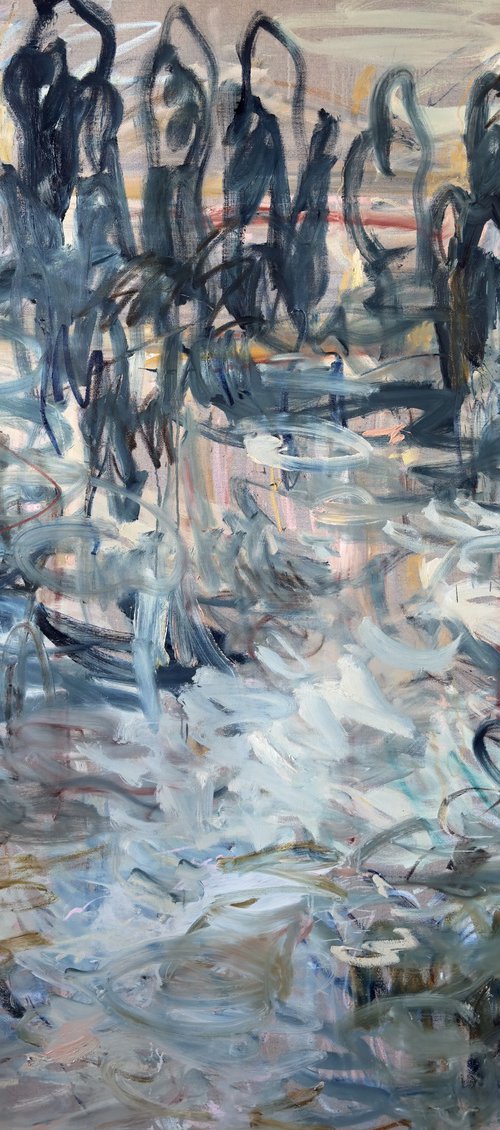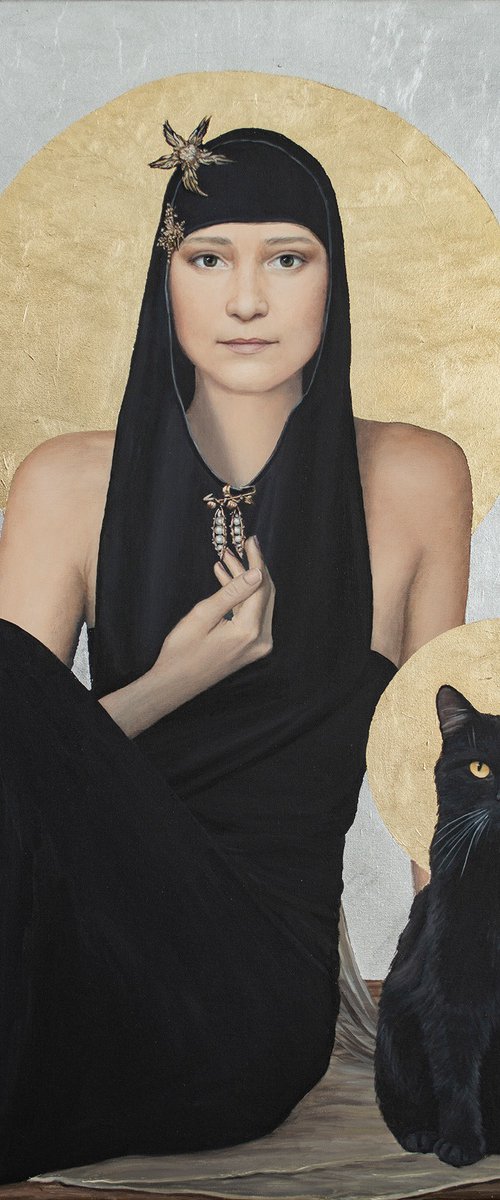- Home
- Art
Original art for sale
Shop original and limited edition art, directly from artists around the world.
Clear all 
Suzie Cumming
Acrylic painting
29 x 24cm
£250
Bo Kravchenko
Oil painting
79 x 79cm
£1181

Don Bishop
Oil painting
41 x 51cm
£592
Pascal Giroud
Oil painting
40 x 25cm
£338
Suzanne Vaughan
Oil painting
76 x 76cm
£1007
Lilia Orlova-Holmes
Oil painting
200 x 190cm
£15000
Ronald Hunter
Acrylic painting
95 x 95cm
£1559
Nataliya Bagatskaya
Acrylic painting
65 x 80cm
£1036

Daniela Schweinsberg
Acrylic painting
120 x 150cm
£3769
Ana Hefco
Acrylic painting
41 x 41cm
£296
Journey Gong
Photograph
68 x 104cm
£737
Vahe Yeremyan
Oil painting
52 x 42cm
£740


